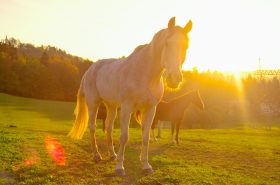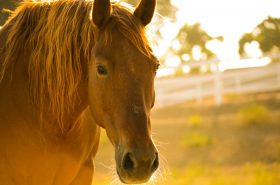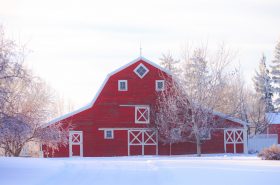Create a stimulating, natural environment for your horse to roam and forage.
Based on the behavior of wild horses, the Paddock Paradise Track System encourages your horse to exercise, search for their food and travel over different terrain. The creator, Jaime Jackson is a former farrier that prefers natural horse care. He began studying feral horses and their behavior in the 1980s. Jackson discovered when horses are encouraged to move around their hooves are naturally hardened and trimmed. Thus, he published the book Paddock Paradise, A Guide to Natural Horse Boarding.
What is The Paddock Paradise Method?
Simply put, it’s the fencing of pastures and paddocks to encourage movement and foraging. They can be rectangular, oblong or even square. The pasture will need an external and internal perimeter. The smaller distance between the two fences encourages the horse to move, rather than hang out in one spot. A too narrow track is not desirable though. Your horse can become trapped or pinned by a more aggressive herd mate.
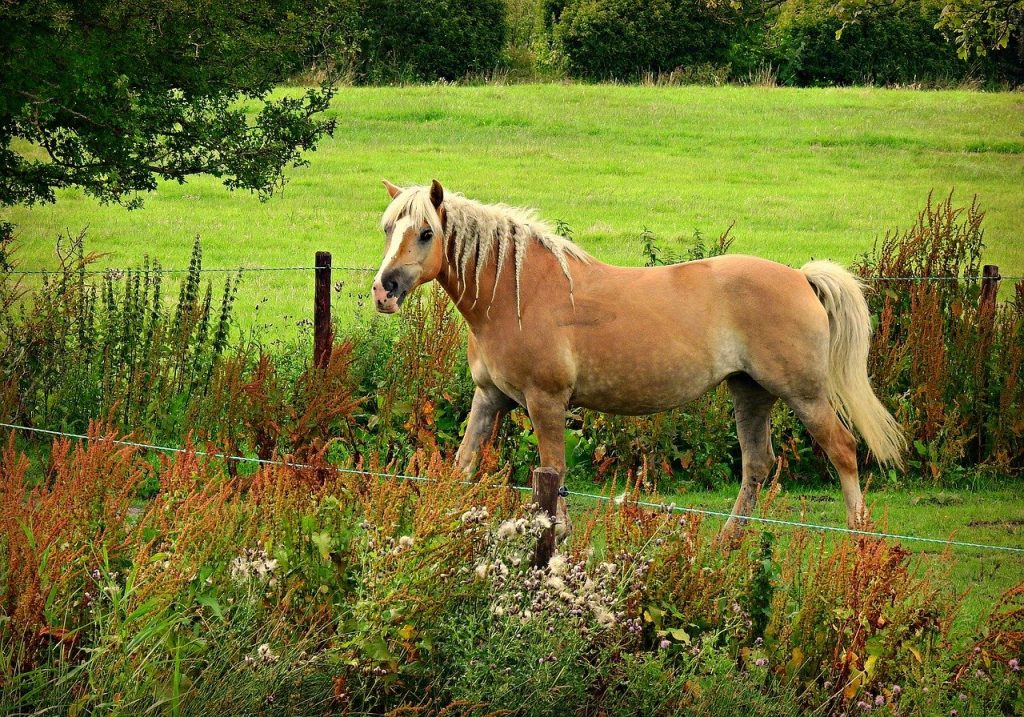
Often, barn owners will use a temporary or portable fence for the inside and a solid, permanent fence on the outside. This allows the Paddock Paradise to be more affordable.
Get Creative with Your Property
Depending on your land, the Paddock Paradise can incorporate streams or creeks, rocky terrain, hills, woods and grassy fields. Each feature has its own benefits. Creeks provide a natural drinking source and moisten your horse’s hooves, rocky terrain strengthens their feet and trees act as excellent scratching posts and shade.
Even if your property doesn’t have these natural elements you can artificially add them. Logs, large rocks, sand pits and dirt mounds can all placed along your track. You can also build a three-sided shelter to provide protection from the sun, rain, snow and wind. Your track should have hay stations strategically placed throughout, as well. This will encourage your horse to keep moving from one location to the next. Furthermore, fresh drinking water should be along the track.
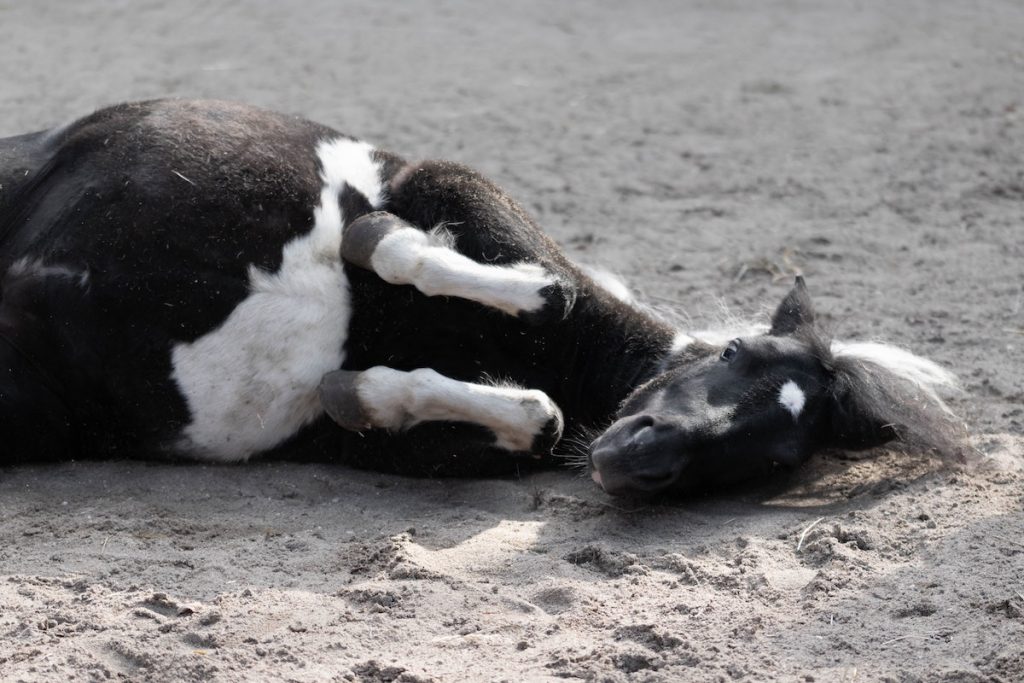
Optimal Grazing Ability
The great thing about this method is how well it works on large and small acreages. You can limit the amount of grazing on larger properties, but still encourage your horses to exercise and move around. While the track may be shorter on limited acreage, it still inspires your horse to move around.
Additionally, many people practice rotational or strip grazing on the inside of their track. The middle of your Paddock Paradise can be divided into multiple paddocks with gates on the interior perimeter fencing. Your horses can travel around their track and go into a grazing paddock when permitted. You can block off the different paddocks to allow rest and regrowth.
Choose Your Fencing
Once you’ve decided to try the Paddock Paradise method out, you’ll need to find acceptable fencing for both the inside and outside perimeters. Many find electric fencing affordable and practical. RAMM Fencing offers Pro-Tek 1.5″ Electric Tape Horse Fence, Shockline Flex Fence Electric Coated Wire, ElectroBraid™ Electric Horse Fence, and a few others! The 525 Plus Flex Fence is a great option for the external perimeter. It’s safe, attractive, and comes with a lifetime ltd. mfg. warranty!
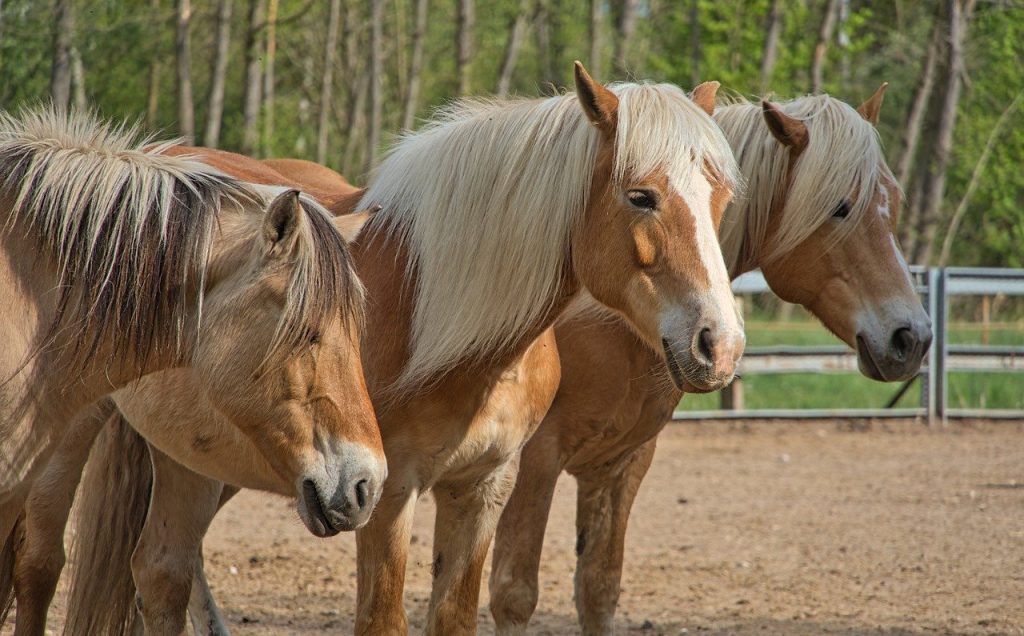
You’ll find the benefits of the Paddock Paradise Track System are worth the effort to build one. Not only will it encourage natural movement, but you’ll be able to manage your horse’s diet and weight easier. It’s natural horse care at its finest!
Enjoy this blog post? We think you will like Managing Mud in the Paddock by Casie Bazay.

